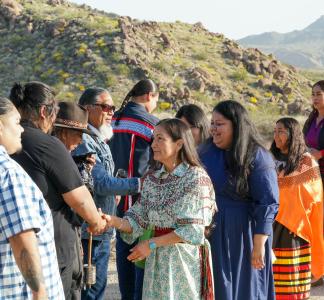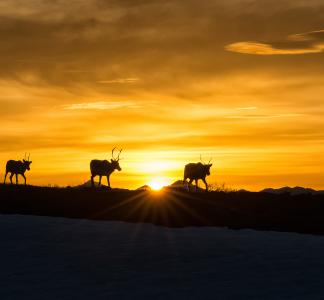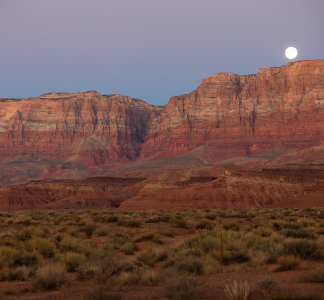8 conservation and public lands victories to celebrate from 2023
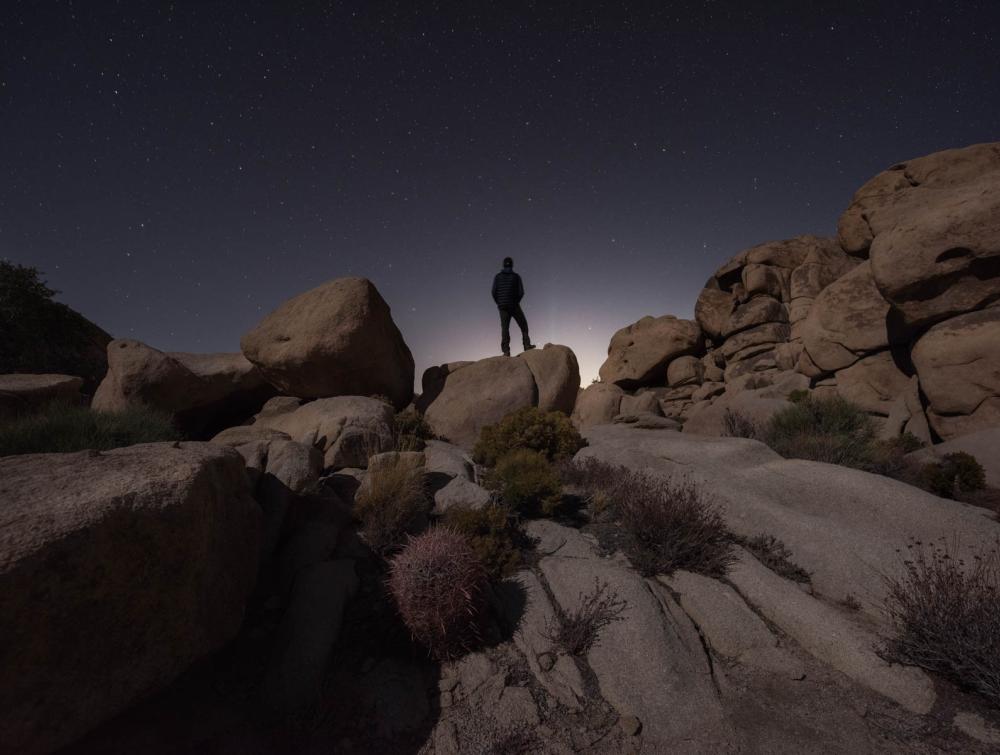
Avi Kwa Ame National Monument, Nevada
Mason Cummings, TWS
Highlights include Arctic Refuge progress, Mt. Blue Sky renaming
It’s become an end-of-year cliché to claim the last 12 months were uniquely bad (we’ve said it quite a few times ourselves). A proposal for 2023: Let’s skip that step and instead highlight some of the things that went right.
This year, we saw the cancelation of unlawful drilling leases in the Arctic Refuge. Major shifts in how the federal government manages public lands. Even a mountain’s historically fraught name changed to one that affirms tribal culture and resilience.
Please join us in looking back at some of the big conservation and public lands wins of 2023 (in no particular order)—and know that many of them would’ve been impossible without the tireless efforts of you, our supporters and partners.
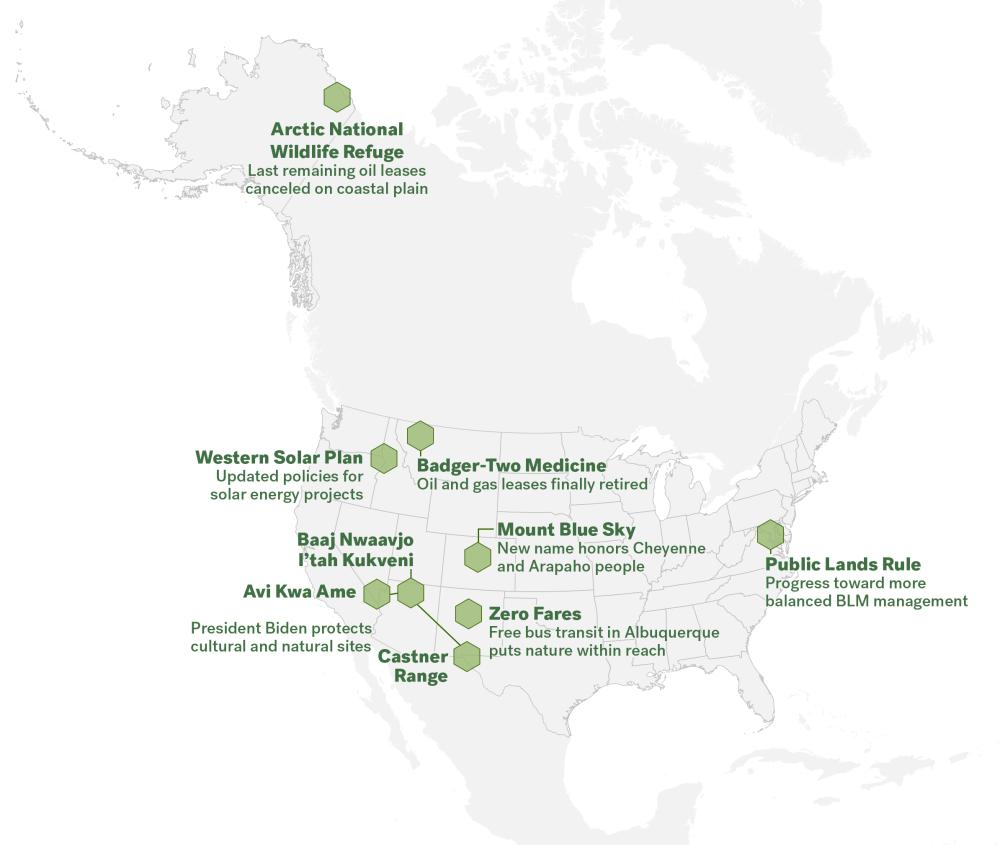
TWS
“Blue Sky” renaming a model for addressing racist and offensive place names
The Department of the Interior removed a slur against Native American women from hundreds of geographic features in late 2022, and that momentum carried into 2023 with a major victory in Colorado.
The Cheyenne and Arapaho Tribes, along with the collaborative efforts of the Mestaa’éhehe coalition, successfully changed the name of Mount Evans to “Mount Blue Sky.” The new name of the mountain honors local Indigenous cultures and pays tribute to those whose ancestors were killed in the Sand Creek Massacre of 1864 (an atrocity that was abetted by Mount Evans’ namesake).
Now, heading into the new year, efforts are underway to change the name of the wilderness area to match that of of Mount Blue Sky, which sits at its center, and a federal advisory committee has identified a list of harmful place names across the country that they would like to see changed in 2024.
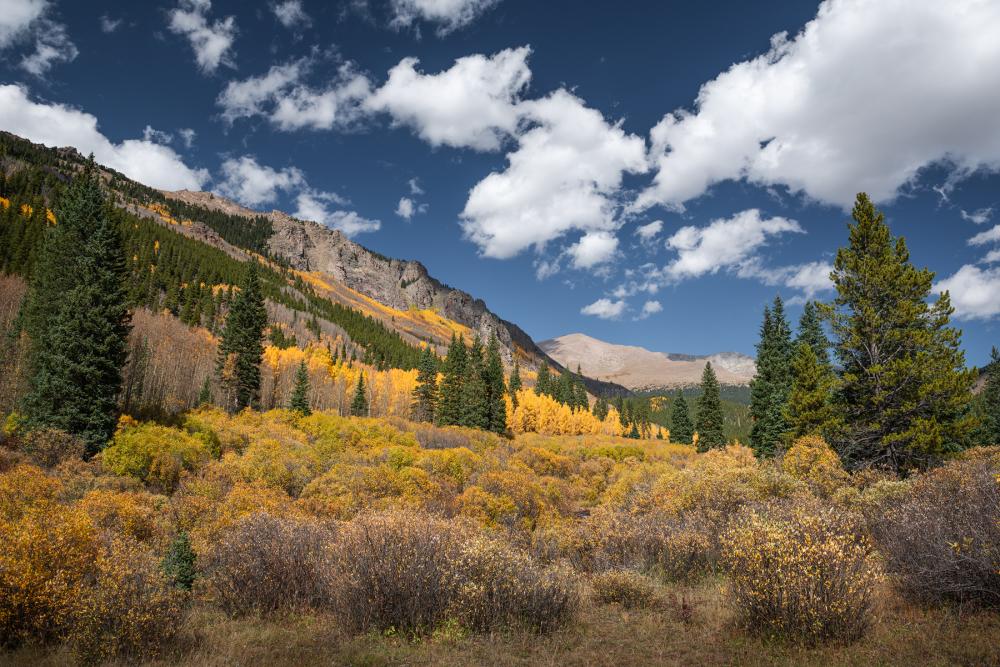
Efforts are underway to rename Mount Evans Wilderness after Mount Blue Sky
Mason Cummings
Breakthroughs on protecting the Arctic
This year saw significant victories for Indigenous communities and the environment in the Arctic. Notably, the Biden administration canceled all remaining and oil and gas leases in the coastal plain of the Arctic National Wildlife Refuge, removing a huge threat to the traditional ancestral homelands of the Gwich’in and Iñupiat peoples. Meanwhile, major insurance companies continued to take a stand against drilling in the refuge, as Chubb became the first U.S. insurer to explicitly prohibit coverage for oil and gas development there (a total of 20 global insurers have adopted similar policies so far).
The Biden administration also proposed stronger protections for parts of the Western Arctic (sometimes called the National Petroleum Reserve-Alaska). Those will be a starting point for our work to secure the strongest possible rule limiting oil and gas development in the region.
Long-awaited recognition of cultural and natural sites
During his campaign and since taking office, President Biden said he wants to protect more public lands and waters than any other president in order to address the climate and biodiversity crises and increase access to the outdoors. This year confirmed he’s serious about delivering on that promise.
President Biden designated four new national monuments in 2023. Avi Kwa Ame (Nevada) and Baaj Nwaavjo I’tah Kukveni - Ancestral Footprints of the Grand Canyon (Arizona) honor Indigenous cultural sites and protect vital landscapes, while Castner Range (Texas) expands outdoor access for communities in densely developed El Paso. The multi-site Emmett Till and Mamie Till-Mobley National Monument honors the civil rights movement of the 20th century and the broader story of Black struggle in the United States.
And as the year draws to a close, momentum is building on campaigns to protect other significant sites and landscapes in Arizona, California, Oregon and beyond.
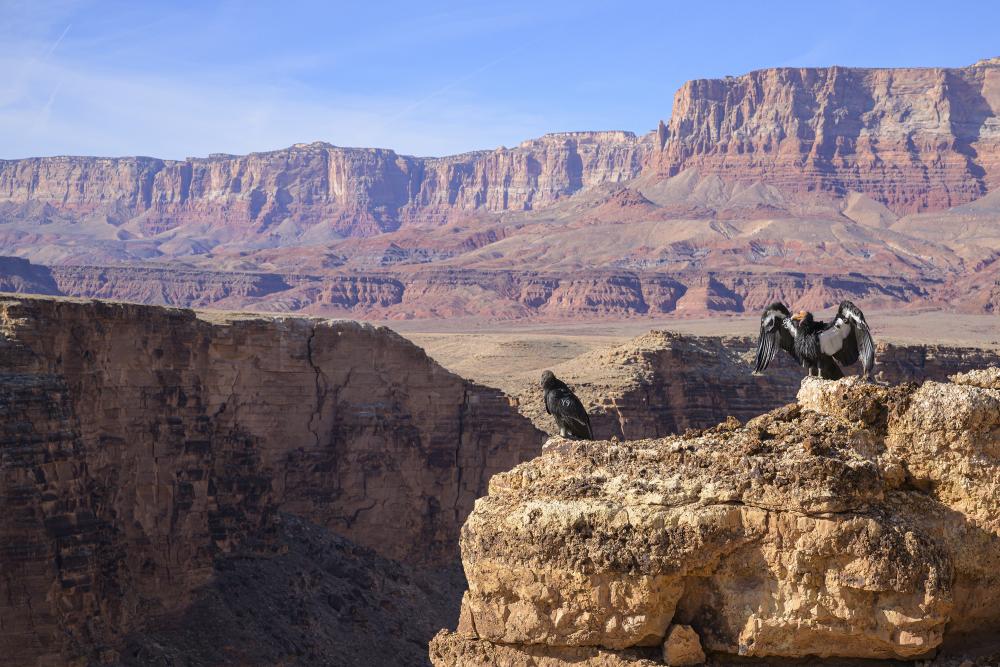
Proposed Baaj Nwaavjo I'tah Kukveni Grand Canyon National Monument, Arizona
Andrew Orr
Balancing the way we manage public lands
The Bureau of Land Management (BLM) is the nation’s largest manager of public lands, with a whopping 245 million acres in its portfolio. But though the agency is charged with maintaining balanced stewardship of these lands for multiple uses, including wildlife and conservation, its actual practices have prioritized extractive uses like drilling and mining for decades.
In 2023, the federal government took long-awaited steps toward re-balancing BLM’s work. They released a new "Public Lands Rule” that, when finalized, will put conservation on equal footing with other uses by implementing new policies and creating new tools to protect and restore lands, waters and wildlife habitat.
The agency also proposed long-overdue updates to its outdated federal oil and gas program, including making companies pay a fairer share for extracting public resources, holding them accountable for cleaning up after themselves and limiting which lands are offered for leasing.
Protecting sacred places and wildlife habitat from drilling and mining
The movement to safeguard public lands from drilling and mining racked up several big achievements in 2023. The last remaining oil and gas leases on Montana’s Badger-Two Medicine, which is sacred to the Blackfeet Nation, were retired. In New Mexico, the BLM banned oil and gas leasing on public lands for the next 20 years within 10 miles of Chaco Culture National Historical Park, following years of advocacy by the Pueblo, Hopi, Diné and other Indigenous peoples. A similar 20-year proposed ban is moving forward that would shield Colorado’s Thompson Divide from future oil and gas leasing and mining.
The BLM also released a plan for western Colorado that could reduce climate emissions and increase protections for sensitive wildlife habitat, cultural sites and wildlands. Additionally, Wyoming and Colorado are making progress with plans to protect migration corridors for big game like pronghorn, mule deer and elk.
Even Congress made positive strides to ensure development doesn’t run roughshod over public lands, introducing the Clean Energy Minerals Reform Act in a bid to modernize badly outdated federal mining laws.
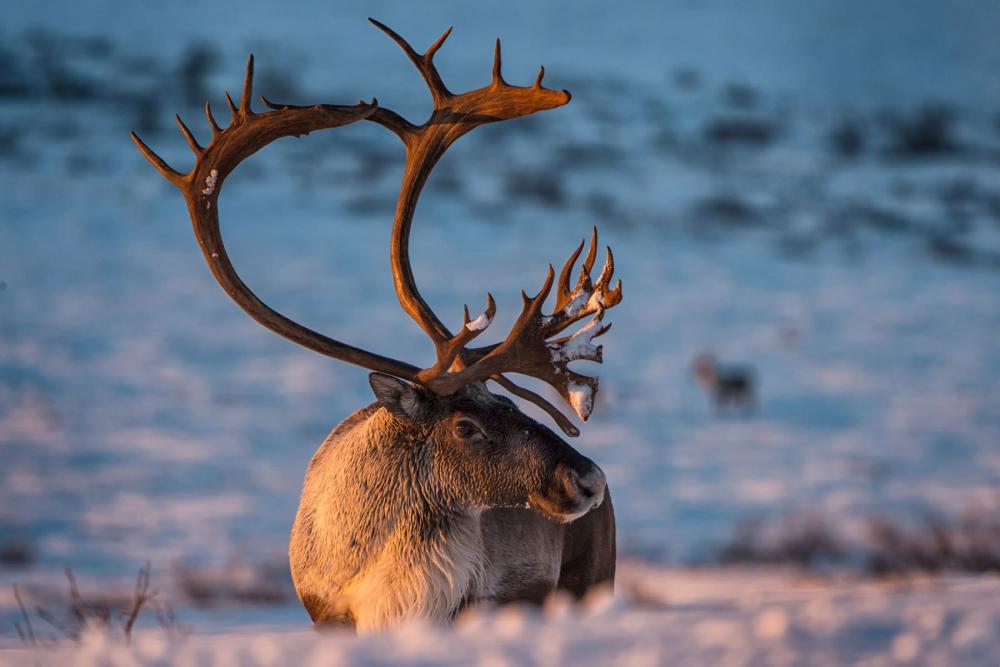
Side profile of a Caribou in the Arctic National Wildlife Refuge, AK
Peter Mather
Steps to help people connect with the outdoors
While conserving public lands and wild nature is a priority, we also need to make sure people can connect with the outdoors. There was no shortage of accomplishments on that front this year.
In Albuquerque, a diverse coalition helped win free bus transit for the whole city, a prerequisite for helping people reach trails and nature (especially people dependent on public transit, people with disabilities and others). Elsewhere in New Mexico, a permanent fund was increased to improve access to nature for the state’s youth.
In Washington, meanwhile, $7 million was secured in the state budget to support the No Child Left Inside grant program, which provides meaningful opportunities for underserved youth to learn, play and experience the outdoors.
Forest protections advance
There was a big forest-protection win almost right out of the gate in 2023. In January, the U.S. Forest Service officially reinstated roadless protections for over 9 million acres in the Tongass National Forest, a hard-fought triumph for Tribal Nations of southeastern Alaska. The measures will protect ancient old-growth forest from destructive logging while securing critical resources like clean water for local communities.
But the good news didn’t stop there. In the spring, the Forest Service delivered on a Biden administration promise by unveiling a national inventory of mature and old-growth forests alongside an invitation for members of the public to suggest how the agency should manage forests for “climate resilience.” Roughly 500,000 people weighed in through public comments, and the agency is now at work developing a new rule based on that feedback.
And just recently, the Forest Service began the process of updating and modernizing the Northwest Forest Plan, the largest truly science-based forest and ecosystem management plan in the country. Updating the plan for the first time in 30 years will help align it with today's biggest threats, including climate change.
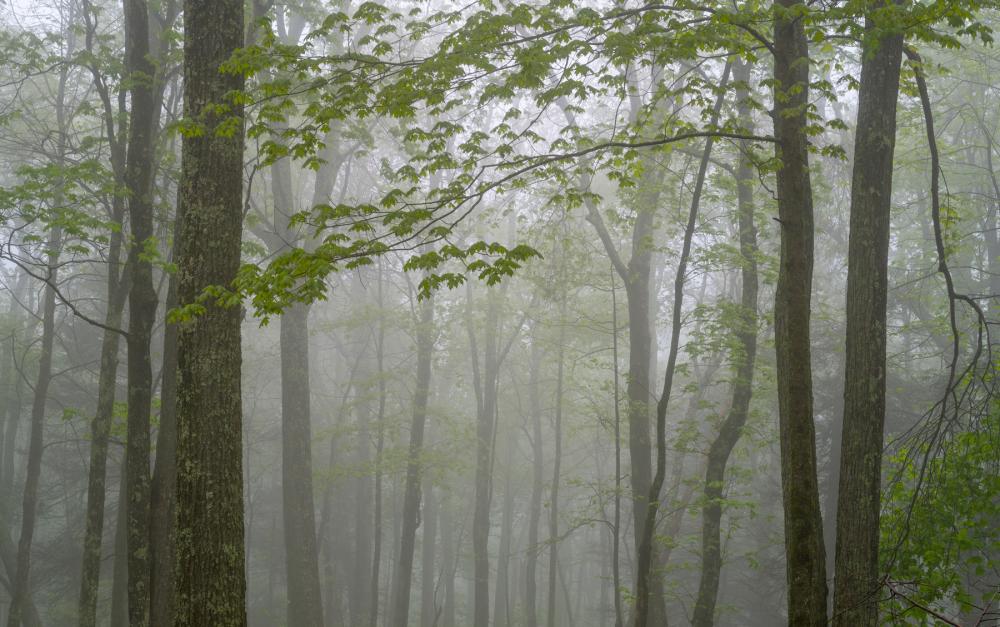
Jefferson National Forest, Virginia
Mason Cummings, TWS
Progress on renewable energy transition
This year, the U.S. made progress toward the national renewable energy transition that’s necessary for us to end our reliance on fossil fuels. For one thing, the BLM began the process of updating the Western Solar Plan, a set of regional policies on how solar energy projects should be responsibly developed in the West.
An example of the kind of thoughtful projects we’d like to see more often: The Ten West Link transmission line, which will carry electricity (generated from renewable sources) from Arizona to California, broke ground in the spring. That 125-mile line initially faced opposition because its route would cut through environmentally sensitive areas like the Kofa National Wildlife Refuge. But following input from tribes, concerned residents and groups like The Wilderness Society, the path was re-routed to avoid those areas.
Also in November, the U.S. and China, the world’s two biggest climate polluters, pledged to triple renewable energy capacity by 2030—a good starting point for kicking our fossil fuel dependence once and for all.
